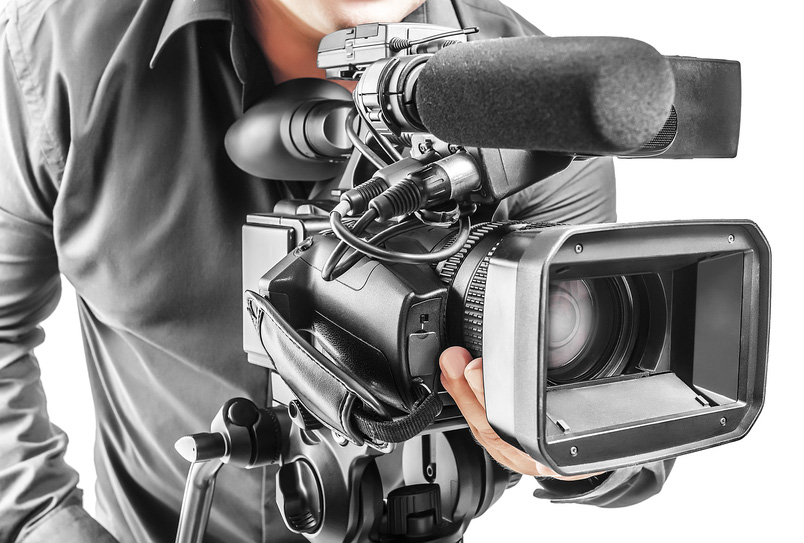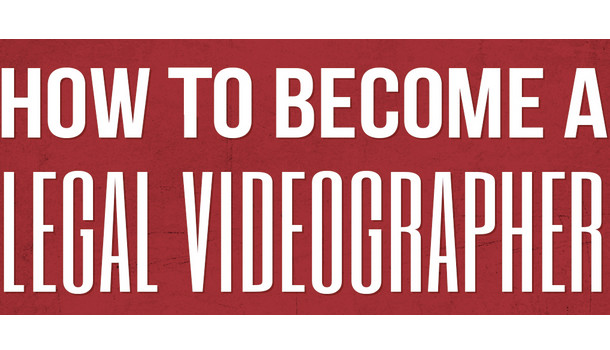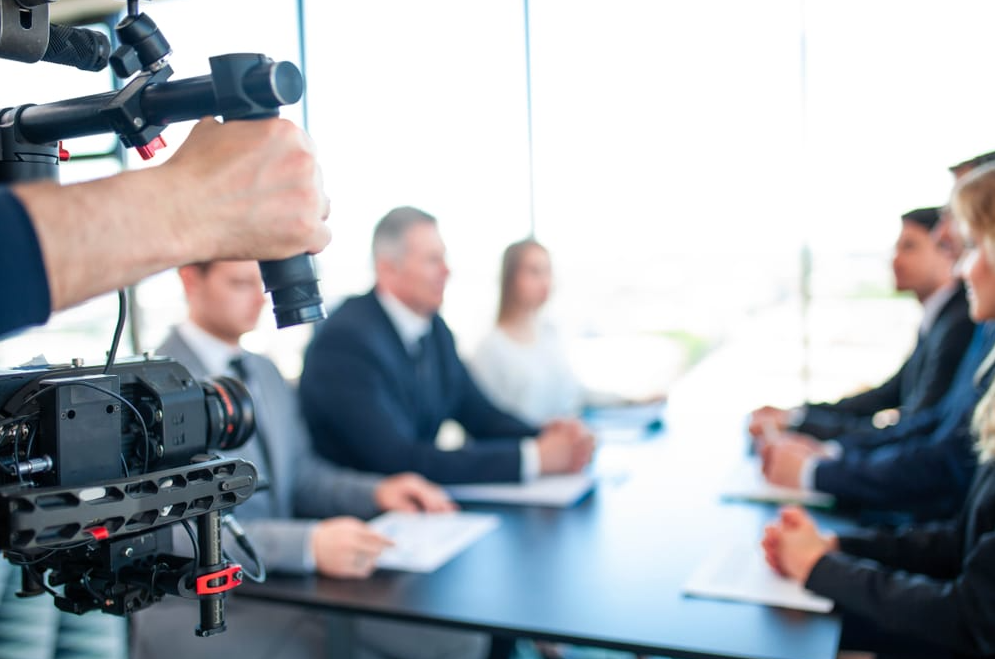The Relevance of Legal Videography for Capturing Important Evidence
The Relevance of Legal Videography for Capturing Important Evidence
Blog Article
Key Advantages of Using Videography in Legal Situations
The assimilation of videography in lawful cases offers a range of calculated advantages that can considerably influence test outcomes. By enhancing proof discussion and enhancing witness reliability, videography functions as an effective device to engage jurors and share complicated stories efficiently. This medium preserves vital testaments, making certain that important information is not lost to memory degeneration. As the lawful landscape proceeds to develop, the ramifications of leveraging videography in test setups merit better examination, specifically in understanding exactly how these advantages translate into tangible lead to the courtroom.
Boosted Evidence Presentation
Improved proof presentation through videography has actually reinvented the way lawful cases are said and comprehended in the court room. By integrating high-quality video recordings right into lawful proceedings, lawyers can communicate complicated information in an extra comprehensible and engaging fashion - Legal Videography. Videography permits the visualization of proof, making it less complicated for courts and courts to comprehend the context and significance of the here and now realities
Along with boosting clarity, videography can additionally record real-time occasions, providing a genuine depiction of cases significant to a case. This immediacy can considerably influence the persuasiveness of a disagreement, as visual proof typically resonates more highly than composed documentation. Moreover, video evidence can include important aspects such as body language, intonation, and ecological factors, all of which add to a more holistic understanding of the case.
Using videography also enables for reliable organization of evidence, making it possible for lawyers to offer their disagreements in a sensible and systematic manner. By strategically including video right into their discussions, attorneys can assist in an extra efficient analysis of the evidence, inevitably leading to educated decision-making by the court. The transformative power of videography in legal contexts is both indisputable and vital.
Better Witness Reliability

Video evidence can also mitigate prospective prejudices that might emerge from the witness's look or quirks in an online setting. By offering a well-produced video, legal groups can make sure that the emphasis remains on the content of the testimony as opposed to extraneous elements that could undermine reliability. Moreover, the chance to review documented declarations can fortify witness uniformity, as inconsistencies can be dealt with before trial, leading to even more reputable testaments.
Furthermore, the durability of videography provides a protect versus memory degeneration or misconception over time. By having a clear, verifiable account of witness statements, lawful professionals can construct a more powerful situation, strengthening the total reliability of the witness and, consequently, the integrity of the judicial process.
Engaging Jury Experience
Videography can dramatically boost the jury's engagement throughout lawful procedures. By integrating high-grade video presentations, legal teams can preserve the focus and record of jurors, transforming complicated details into aesthetically engaging narratives. This interaction is essential, as jurors often battle to absorb dense lawful terminology and elaborate information provided only through typical means.
Video clip proof allows jurors to witness events as they unfolded, providing context that written statements may lack. The usage of vibrant visuals can evoke psychological reactions, making the case more relatable and remarkable. Surveillance footage or reenactments can highlight crucial moments, allowing jurors to picture the evidence in a compelling manner.
Moreover, videography can facilitate an extra interactive experience. Jurors can see and hear witnesses, which includes a layer of authenticity and immediacy that written records can not duplicate. This multi-sensory strategy fosters deeper comprehension and retention of today material.

Efficient Instance Storytelling
A compelling narrative is vital for effective situation storytelling in the court room. Videography offers as an effective tool to offer this narrative and craft, involving the jury and boosting their understanding of the case. By visually illustrating the events bring about the lawful dispute, videography allows attorneys to show complex situations in a clear and relatable way. This narration strategy can stimulate psychological reactions and foster empathy, producing a much deeper link between the instance and the court.
Including components such as witness interviews, computer animations, and repairs, videography gives a multi-dimensional point of view that traditional techniques can not accomplish - Legal Videography. This graph not just help in making clear truths yet also assists jurors retain vital details. Additionally, the dynamic nature of video clip can damage down barriers of understanding, making intricate information much more available.
Ultimately, reliable instance storytelling through videography transforms the courtroom experience, allowing lawyers to provide their debates in a compelling and convincing way. By taking advantage of the power of visuals, lawyers can significantly boost their capability to communicate vital narratives and attain positive end results for their customers.
Preservation of Testaments
Protecting testaments is a critical element of legal procedures, as the accuracy and honesty of witness statements can dramatically influence Legal Videography the outcome of an instance. Videography acts as an efficient tool in this respect, making certain that testaments are recorded in their initial context, therefore minimizing the danger of misconception or distortion with time.
By recording verbal and non-verbal hints, videography offers a comprehensive account of witness statements, which can be important during test procedures. This technique not just records the material of the testament but also protects the demeanor and psychological responses of witnesses, providing courts a richer understanding of the testimony's trustworthiness and importance.
Moreover, the use of videography assists in a more reputable review of testaments during pre-trial preparations or post-trial evaluations. Lawyers can review taped statements to clarify information, examine inconsistencies, or develop techniques for cross-examination.
Basically, videography boosts the conservation of testimonies, promoting a clear legal process that can lead to even more fair results. By safeguarding the stability of witness statements, lawful experts can much better support for their customers and copyright the principles of justice.

Verdict
In conclusion, the combination of videography straight from the source in legal cases significantly enhances the presentation of evidence, reinforces witness credibility, and mesmerizes courts via involving aesthetic content. This tool facilitates effective storytelling, enabling lawyers to convey stories that resonate deeply with decision-makers. Furthermore, videography functions as a long-term document of testaments, reducing the risk of memory decay. Collectively, these benefits emphasize the essential function of videography in modern lawful techniques, ultimately adding to even more educated judicial results.
The combination of videography in lawful situations offers a range of critical advantages that can dramatically affect trial results.Enhanced proof presentation through videography has actually changed the method legal situations are suggested and recognized in the courtroom.Videography can considerably elevate the court's interaction during legal process. By aesthetically showing the occasions leading to the legal disagreement, videography enables attorneys to show intricate circumstances in a clear and relatable fashion.In verdict, the integration of videography in lawful instances substantially improves the presentation of evidence, boosts witness integrity, and mesmerizes juries through engaging aesthetic web content.
Report this page